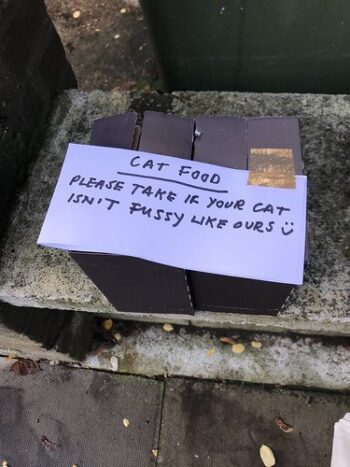It’s sometimes difficult to figure out what to do if your cat is a picky eater. Mocha, my cat, tends to be such a cat. He has his personal preferences, and I try hard to figure out what they are. It’s important to do so, as your cat’s health depends on his getting the nutrition he needs.
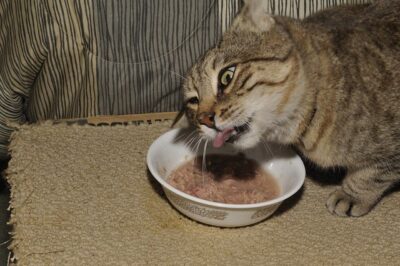
Because he started as a feral cat, I sometimes feel this background has an influence on his current eating habits. Wild cats like small, frequent meals of prey that’s been caught between dawn and dusk. Mocha’s mealtime tends to follow that pattern. He likes to eat early in the morning and when the day approaches its end.
Fresh prey usually has a warm temperature, unlike what just came from your refrigerator. My cat seems to prefer it when I warm his food slightly. I put his wet food in the microwave for a few seconds. If your cat needs his dry food warmed, try mixing in just a little warm water. When it comes to dry food, Mocha loves it just the way it comes from the bag. He likes the crunch.
When Do You Need To Ask Your Vet?
If your cat’s lack of appetite comes along suddenly, if could signal a health issue. It’s time to check in with your vet if kitty shows an abrupt change in his appetite. Though he might simply be selective, he could have some health issue that keeps him from feeling his best
To determine if he’s just particular or if he has a health problem, look for any other signs. Does his coat appear healthy? Are his eyes clear? Is his activity level about the same as usual? If you see signs of good health, he may just be holding out for something he thinks tastes better.
A High Protein Diet Holds Great Importance
Cats have evolved with a diet that’s high in protein. In fact, they are driven to eat foods with a preferred ratio of protein to fat of 1 to 0.4. They will therefore often become unwilling to try a food that they find new or different, making them look fussy.

In an experiment, Hewson-Hughes, senior research scientist at Waltham Center for Pet Nutrition, presented both male and female cats with three flavors of wet foods. These all had approximately the same ration of protein to fat.
At first, the cats selected food because they had a flavor preference. Later, they selected food they needed to reach a particular target balance of protein and fat, no matter what the flavor. The indication here shows that a cat has an inner sense of what his body needs and eats accordingly.
You Can Offer Too Much Variety
Sometimes, kitty’s owner can help create a picky-eater problem by offering too much variety. The cat may become unwilling to try a new food if it seems different from the one he ordinarily eats. When offering a new food, start by mixing a small amount of the new food into his usual diet, until he becomes used to it.
Not only might it take some time for a cat to become accustomed to a new food, but introducing it slowly can allow his digestive system to adjust to this unfamiliar type of meal.
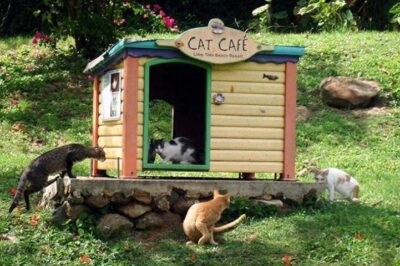
When trying something he is not used to eating, however, it becomes important to offer different flavors as well as different textures and shapes. These help you learn his preferences. Adjust the temperature to one he prefers, Straight from the refrigerator does not work with most cats.
You can try adding food toppers, such as Tiki Cat Broths or Purina Beyond Mixers. If you find one that piques his interest, use it. You might try dispensing food through toys designed for the purpose. Mocha used a puzzle ball for some time with his dry food. Not only did it give him the sense of getting his own food, but it also slowed him down so he didn’t just gobble it too fast.
Location: Where He’s Fed Is Important
You need to find a place to feed him with a low-stress, clean location. Follow these guidelines:
- Don’t feed him near the litter box
- Don’t put his food bowl in a high-traffic area
- Make sure no other animals are around that will disturb his meal
- Food must not be stale or rancid, and the container must be clean
Medical Issues That Can Create A Picky Eater
A number of medical issues can affect your cat’s eating habits. Perhaps their picky eating comes from something other than a dislike for a particular food. If you are unsure, consult your vet. These problems could create issues with kitty:

- Dental disease may make it painful for your cat to eat.
- If he has kidney disease, nausea could depress his appetite.
- Arthritis pain that causes discomfort when he moves may cause him to avoid getting up and going to his mealtime spot.
- If he has nasal congestion and can’t smell his food, he won’t eat.
Does He Prefer Dry Or Wet Food?
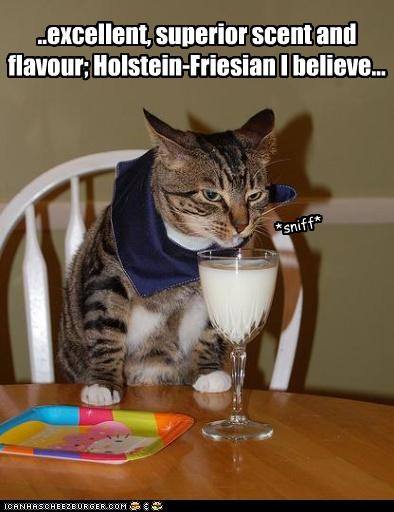
I have a problem here with Mocha. He loves his crunchy kibble more than he does his wet food. However, the wet food has more moisture content and most likely offers him a better protein balance. Therefore, when I feed Mocha, he gets his wet food first. My vet has told me how much of each makes a good balance, so I go by her recommendation.
Once he eats most or all of his wet portion, then he gets his dry food. Often if he leaves a little of the wet food he will come back and eat it later. Meanwhile, the dry food becomes almost like the dessert course. This method works well. He has learned that he must finish the first course to get the second one, so we’ve reached an agreement and a plan that works.
A Positive Atmosphere Is Important
Mealtime needs to be a positive experience. I’m all for giving lots of praise to a cat who eats his meal as he’s supposed to. I believe in occasional petting when he’s done especially well. I believe it’s important to be patient with your kitty, and monitoring his feeding habits, his likes and his dislikes.
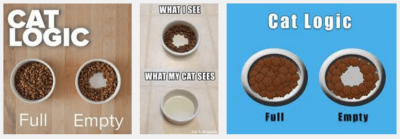
If you can try through experiment and by varying the diet, you will learn what tastes, textures, and shapes he likes best. In this way, you’ll go a long way toward solving the fussy eater dilemma. You can make the situation one that keeps your cat healthy and well-fed.
References I Used For This Post:
petmd.com/cat/nutrition/why-are-cats-picky-eaters livescience.com/55075-why-are-cats-picky-eaters.html vcahospitals.com/know-your-pet/feline-picky-eaters

